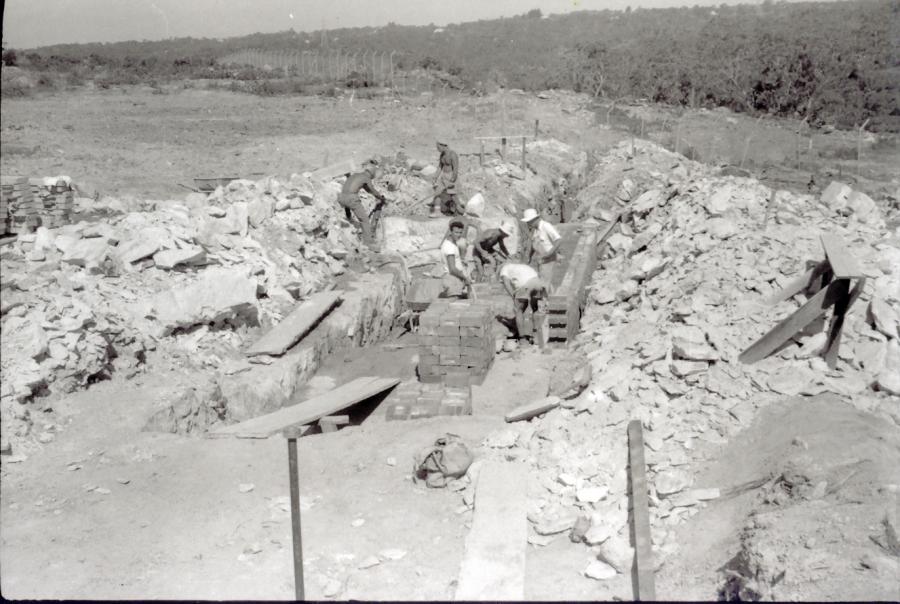Over the past 70yrs, ANSTO has developed to position Australia as one of the world's most complex and sophisticated nuclear nations.
Early events that started the story of ANSTO took place in the early 1950s.
The Australian Atomic Energy Commission (AAEC), the predecessor of ANSTO, came into existence in November 1952 with the appointment of three commissioners - Mr J E S Stevens (chairman), Professor J Philip Baxter and Mr H M Murray.

The legislation that formally established the Commission, the Atomic Energy Act, came into effect on 15 April 1953, seventy years ago today.
The legislation brought together all matters associated with atomic energy under one piece of legislation and enabled the development of a research reactor where atomic energy could be used for peaceful purposes,
The main responsibilities of the Commission, as outlined in the legislation, were to search for, mine and treat uranium in Australia with the power to buy and sell on behalf of the Australian Government; to develop practical uses of atomic energy by carrying out and assisting research; constructing plant and equipment, employing and training staff; and collecting and distributing information on uranium and atomic energy.

According to historian Clarence Hardy*, the AAEC outlined a plan in 1953-1954 to carry out atomic research and development. The basis for this was the establishment of a joint R&D program with the United Kingdom and the intention to lay the foundations in Australia for effective participation in the program.
One of the Commission's earliest recommendations was an up-to-date survey of atomic energy developments overseas. This is role that ANSTO continues today.
In that same period, a proposal that encompassed an Australian-UK program of collaboration, the establishment of research laboratories in Australia and the commencement of research in selected fields of atomic energy technology, were approved by the Australian Government.
In 1954, the Commission announced that an area of vacant crown land at Lucas Heights NSW was the proposed site of the High Flux Australian reactor (HIFAR).
The 10MW thermal high flux heavy water moderated reactor would have 58 experimental facilities and cooling ponds for the storage of used fuel elements.

In October 1955 construction on the site for the research laboratories and the reactor started under the supervision of architects Stephenson and Turner of Sydney.
The plan was for the reactor to be constructed by a group in England that had constructed the Harwell Reactor with associated steel shell, service equipment and building to be built in Australia.
The contract was awarded to Head Wrightson Processes Ltd for completion in 1957.
Environmental studies started immediately at the site and nearby areas.
Despite some delays due to reduced funding, unprecedented rain and industrial action, the assembly of the reactor in the steel building shell commenced in mid-1956.
Other workshops, research laboratories, and buildings were completed in 1957.
In Part 2 on 18 April we will share details about the completion, commissioning and opening of HIFAR reactor
*Historical details used in this content come from Atomic Rise and Fall: The Australian Atomic Energy Commission 1953-1987 by Clarence Hardy






